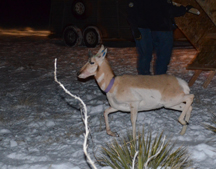Every year the US Fish and Wildlife Service (USFWS) singles out its employees and partners who have made a difference in the recovery of endangered and threatened species of plants and animals. Yesterday the service recognized 17 individuals and organizations as 2011 Recovery Champions. Among that group were five state biologists who either were recognized as individuals or as part of a team.
The state wildlife biologists who were recognized as Recovery Champions for 2011 are:
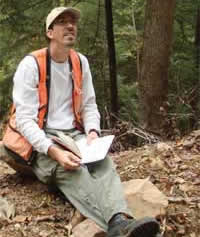
David Lincicome
Jeff Boechler, Oregon Department of Fish and Wildlife, as part of the Clackamas River Basin Bull Trout Team, Oregon
David Lincicome,Tennessee Department of Environment and Conservation, Nashville, Tennessee, for leading the Tennessee Natural Heritage and Natural Areas Programs in restoring endangered and threatened plants such as Eggert’s sunflower and the Tennessee purple coneflower
Christine Kelly, North Carolina Wildlife Resources Commission, for aiding the endangered Carolina northern flying squirrel with launch poles to help the animals cross a road
Brian Kurzel, Colorado Natural Areas Program and Susan Spackman-Panjabi, Colorado Natural Heritage Program as part of the Colorado Rare Plant Conservation Initiative
Read more about their accomplishments in the USFWS press release announcing the awards, here.
Photo credits. The photo of Chris Kelly is by G Peeples. The photo of David Lincicome is by R. McCoy. Both used courtesy of the US Fish and Wildlife Service

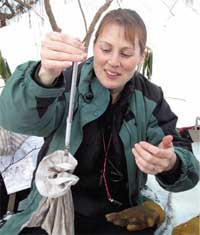
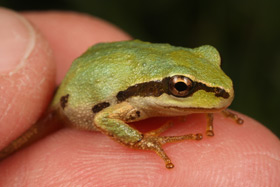 Things have actually been pretty quiet over the past month when it comes to wildlife diseases. The big news, of course, is
Things have actually been pretty quiet over the past month when it comes to wildlife diseases. The big news, of course, is 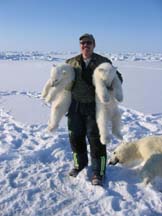 “If you act appropriately and you carry bear spray, you are much better off than just blundering into bear country with a large firearm,” said Brigham Young University researcher Tom Smith
“If you act appropriately and you carry bear spray, you are much better off than just blundering into bear country with a large firearm,” said Brigham Young University researcher Tom Smith 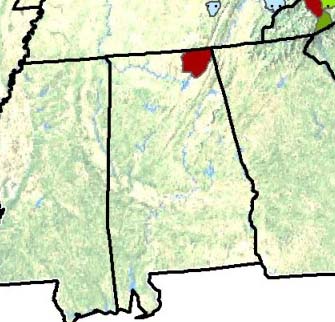 White nose syndrome was discovered in the Russell Cave complex in Jackson County, Alabama on March 1 by a team of surveyors from Alabama A&M University and the National Park Service and has just been confirmed by Southeastern Cooperative Wildlife Disease Study unit at the University of Georgia, according to
White nose syndrome was discovered in the Russell Cave complex in Jackson County, Alabama on March 1 by a team of surveyors from Alabama A&M University and the National Park Service and has just been confirmed by Southeastern Cooperative Wildlife Disease Study unit at the University of Georgia, according to 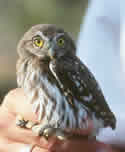 On the last day of the comment period, a group of
On the last day of the comment period, a group of 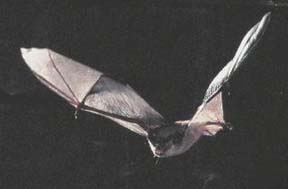 Four years ago a science journal article was published saying that most of the bats found dead at an Alberta wind farm had no signs of external injuries, but their lungs were damaged. The verdict: barotrauma, damage caused by a sharp change in pressure. In humans the most common example is when you rupture an ear drum while on an airplane.
Four years ago a science journal article was published saying that most of the bats found dead at an Alberta wind farm had no signs of external injuries, but their lungs were damaged. The verdict: barotrauma, damage caused by a sharp change in pressure. In humans the most common example is when you rupture an ear drum while on an airplane.